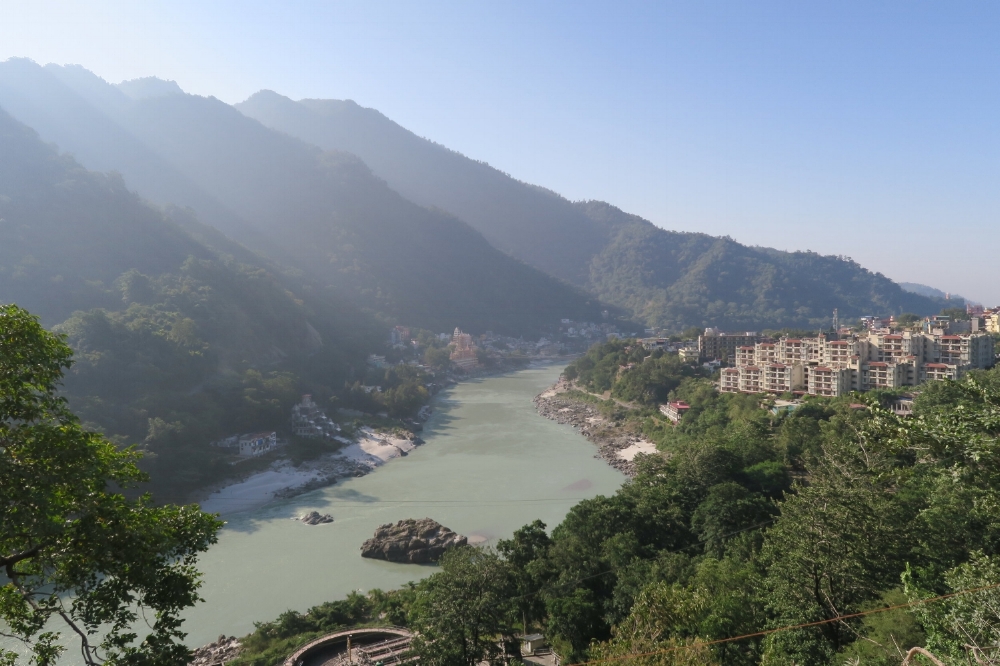Located in the foothills of the Himalayas in northern India, Rishikesh is known as the ‘Gateway to the Garhwal Himalayas’ and ‘Yoga Capital of the World’.It is known as the pilgrimage town and regarded as one of the holiest places to Hindus. Hindu sages and saints have visited Rishikesh since ancient times to meditate in search of higher knowledge.
In February 1968, Rishikesh hit world headlines when the Beatles stayed at Maharishi Mahesh Yogi’s ashram in Swarg Ashram, following an earlier visit by George Harrison. Ringo Starr and his wife didn’t like the vegetarian food, missed their children and left after a couple of weeks, but the others stayed for a month or two. They relaxed and wrote tons of songs, many of which ended up on their White Album. The original ashram is now abandoned, but 50 years on, foreigners still swarm into Rishikesh seeking spiritual enlightenment from teachers and healers in their tranquil ashrams scattered along the Ganges River.
Today Rishikesh is the ‘Yoga Capital of the World’, with many ashrams and yoga and meditation classes. Most of these are found north of the main town, where the exquisite setting on the fast-flowing Ganges, surrounded by forested hills, is conducive to meditation and mind expansion. In the evening, an almost supernatural breeze blows down the valley, setting temple bells ringing as sadhus (‘holy’ men), pilgrims and tourists prepare for the nightly ganga aarti – the river worship ceremony. You can learn to play the sitar or tabla; try Hasya yoga (laughter therapy), practise meditation or take a punt on crystal healing.
Orientation
Rishikesh is divided into two main areas: the crowded, not so attractive downtown area (Rishikesh town), where you’ll find the bus and train stations as well as the Triveni Ghat (a popular and auspicious bathing ghat and place of prayer on the Ganges); and the riverside communities a few kilometres upstream around Ram Jhula and Lakshman Jhula, where most of the accommodation, ashrams, restaurants and travellers are ensconced. The two jhula (suspension bridges) that cross the river are pedestrian-only – though scooters and motorcycles freely use them. Swarg Ashram, located on the eastern bank, is the traffic-free ‘spiritual centre’ of Rishikesh, while High Bank, west of Lakshman Jhula, is a small enclave popular with backpackers.







